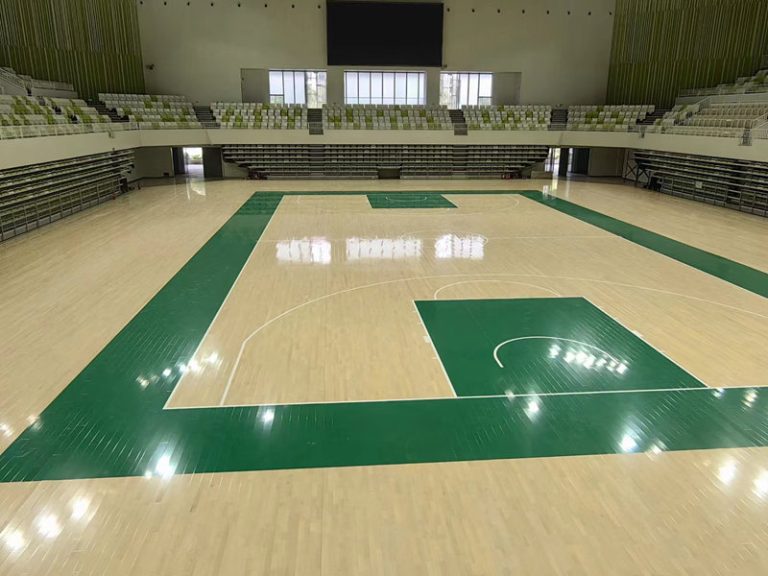When building or renovating a basketball court, one of the most important decisions you’ll make is the type of flooring. A basketball wood floor isn’t just a surface—it’s a critical element that impacts gameplay, athlete safety, and the overall experience of the court.
Let’s dive into why wooden flooring is the top-tier choice and what to look for when choosing the right one for your space.
Why Choose a Wood Floor for Basketball?
Basketball was born on hardwood. The natural bounce, consistency, and comfort that come from a real wood floor simply can’t be matched by synthetic materials. Here’s what makes it special:
Superior Ball Bounce: Maple and other hardwoods deliver consistent, responsive ball behavior.
Player Safety: Proper shock absorption reduces joint stress, preventing injuries.
Durability: High-quality wood floors last for decades with the right care.
Professional Look and Feel: Wood surfaces give a polished, authentic appearance that players love.
Common Types of Wood Used
Maple Hardwood
The most popular option for professional courts
Dense, fine-grained, and highly durable
Excellent resistance to wear and tear
Oak or Beech
Used in multi-purpose courts
Slightly more textured but still reliable
Suitable for schools and training centers
Birch (Used in modular systems)
Ideal for portable or temporary courts
Lightweight and flexible
Key Features to Look For
When selecting a basketball wood floor, consider the following:
Shock Absorption: Systems with subfloor padding improve impact absorption.
Slip Resistance: The surface should provide grip without being too sticky.
Customizability: Line markings, logos, and color zones enhance branding and usability.
Installation Type: Options include fixed, floating, or portable wood floor systems.
Moisture Control: Proper sealing and climate control help preserve wood in indoor environments.
Where Basketball Wood Floors Are Used
Professional Arenas: NBA and FIBA-standard maple floors
School Gyms: Durable surfaces with multi-sport capabilities
Training Facilities: Designed for high repetition and athlete development
Portable Event Courts: Removable wood systems for tournaments and showcases
Maintenance Tips
To keep your basketball wood floor in peak condition:
Sweep or dust-mop daily to remove grit
Use pH-neutral cleaners weekly
Control humidity levels to prevent warping
Recoat or refinish annually depending on use
Final Thoughts
Investing in a quality basketball wood floor sets the foundation for better play, fewer injuries, and a professional look that lasts. Whether you’re building a high-end competition venue or upgrading a school gym, wooden flooring remains the gold standard in performance, longevity, and aesthetics.
Choose a floor system that fits your budget, installation needs, and level of play—and your athletes will feel the difference with every dribble.


